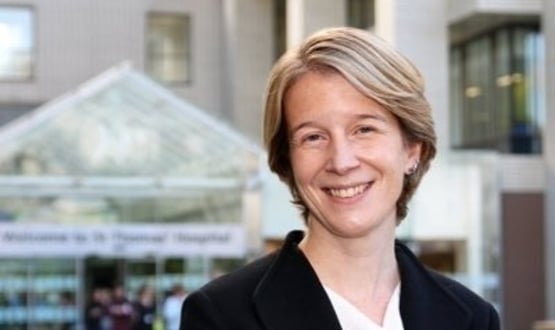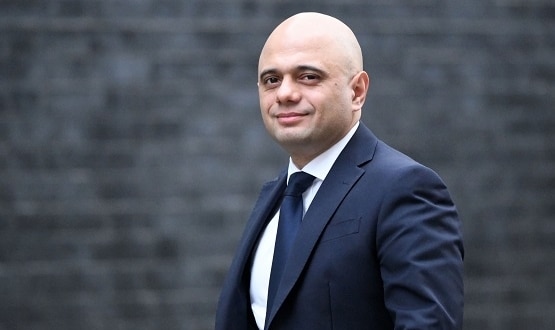NHS can close £30 billion gap – Stevens
- 23 October 2014

The estimated £30 billion gap in NHS funding that could open up by 2020-21 could be closed completely if the health service receives additional funding to develop new, more efficient care models, a report from NHS England has said.
The Five Year Forward View, released today, says a range of measures must be taken to reduce building financial pressure and improve on estimated efficiency gains over the rest of the decade.
The review has been put together by Simon Stevens, the new chief executive of the commissioning board, but claims to represent “the shared view of the NHS’ national leadership” and “an emerging consensus” among clinicians and local communities.
It looks back to the Wanless Report, which the Treasury asked former banker Sir Derek Wanless to put together in 2002 to assess the future funding needs of the NHS, and says action is needed to prevent illness, to make the NHS better at treating it, and to become more efficient.
Specifically, the report proposes four main areas in which action must be taken: reducing the “root causes of ill health” such as obesity and alcohol; giving patients more control of their own care; changing to meet the needs of a population that lives longer with more chronic health conditions; and improving investment in the NHS workforce, technology and innovation.
The review devotes several sections to IT, and says the National Information Board will issue a set of ‘road maps’ later this year that will “lay out who will do what to transform digital care.” It is not clear whether these will replace the IT strategy that has been promised since last July.
The Five Year Forward View is the latest and most comprehensive attempt to address the ‘Nicholson Challenge’ that was identified by former NHS chief executive Sir David Nicholson in 2008.
Sir David warned that without action the gap between flat funding and rising demand and costs could reach £20 billion by 2015. He also urged the NHS to use quality, productivity, innovation and prevention initiatives to close it, without extending waiting lists or cutting services.
The NHS has made some progress, but has failed to make significant changes to structures and working practices. As a result, think-tanks have been warning that the gap could rise to £30 billion by 2020-21.
The review lays out the scale of the challenge, saying that NHS efficiency gains, estimated by the Office for Budget Responsibility at 0.8% net annually, “will not be adequate” and will cut the funding gap by about a third to £21 billion.
If the NHS can accelerate some of its existing programmes and achieve a 1.5% net efficiency increase each year for the rest of the decade, it could halve the gap to £16 billion. However, the report says the health service’s ambition should be to improve its net efficiency gains to between 2% and 3% by investing in new care models.
It says this can be achieved by a combination of allowing less efficient providers to catch up to the best performers, encouraging a “frontier shift” towards better ways of working across the whole sector, and moderating demand on services by investing in prevention.
However, it warns that some funding will be needed to enable the NHS to invest in the new infrastructure and operations it will need to move to the new ways of working outlined in the document.
The 2015 Challenge, which is being led by the NHS Confederation, with the support of royal medical colleges and other bodies, has urged the government to set up a £2 billion challenge fund after the next general election, and to lend political support for change.
The report acknowledges that decisions on the best option will “inevitably” need to be taken in consideration of how the UK economy performs during the next Parliament, but says that if its proposals are implemented the £30 billion gap could be closed entirely by 2020-21, meeting the Nicholson challenge.
It also argues that: “Nothing in the analysis above suggests that continuing with a comprehensive tax-funded NHS is intrinsically undoable.”
Instead, Stevens said at the launch of the document that: “It is perfectly possible to improve and sustain the NHS over the next five years in a way that the public and patients want.
“But to secure the future that we know is possible, the NHS needs to change substantially, and we need the support of future governments and other partners to do so.”




